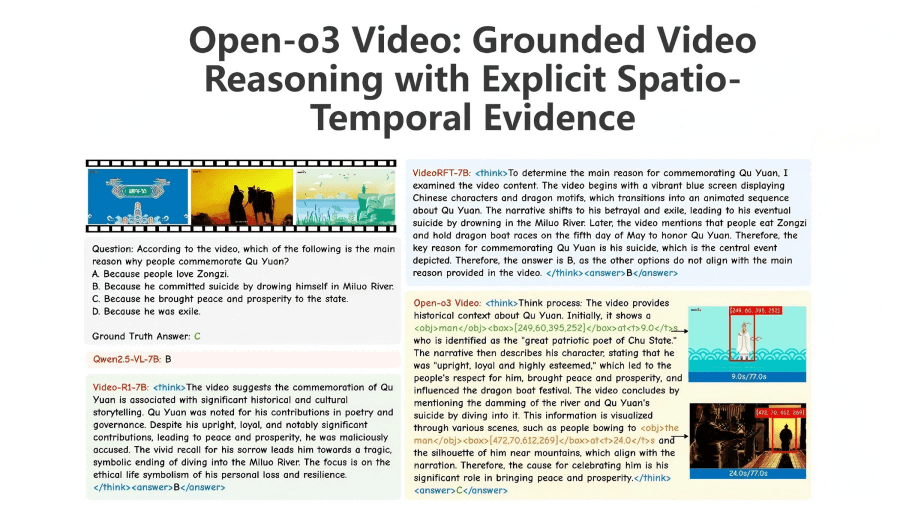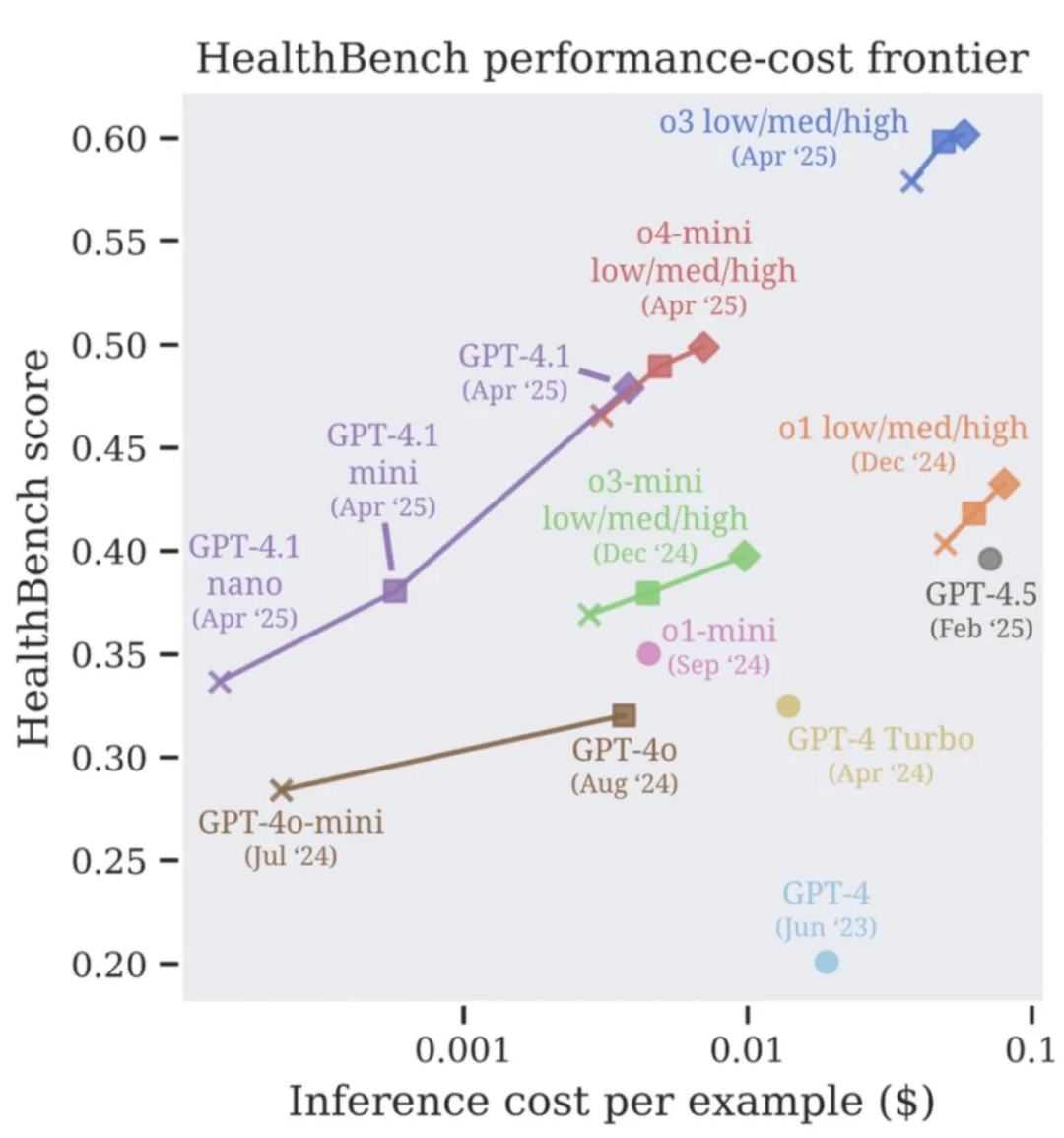What is UserLM-8B?
UserLM-8B is Microsoft’s User Language Model, specifically designed to simulate the user side of a dialogue rather than the typical assistant role. Trained on large-scale real-world dialogue datasets such as WildChat-1M, the model generates conversational content that closely resembles authentic user behavior. It is primarily used for research and development of more capable assistant models and for evaluating how well an assistant performs in multi-turn conversations. UserLM-8B can generate various types of user utterances, including initial conversation starters, follow-up responses based on dialogue state, and signals indicating when a conversation should end.

Key Features of UserLM-8B
1. Initial User Utterance Generation
Generates the first user message of a conversation based on a given task intent, setting the tone and purpose for the dialogue.
2. Follow-Up User Utterance Generation
Produces subsequent user messages by considering the dialogue history (previous user–assistant interactions), ensuring continuity and natural flow.
3. Conversation Termination Prediction
Generates an end-of-conversation marker (<|endconversation|>) at appropriate points, mimicking how real users naturally conclude conversations.
4. Multi-Turn Dialogue Simulation
Simulates realistic, multi-turn user behavior by gradually revealing task intent, making interactions more dynamic and human-like.
Technical Principles of UserLM-8B
Data Source
Trained on large-scale, real-world datasets such as WildChat-1M, which contain diverse examples of genuine user–assistant interactions and behavioral patterns.
Training Method
The model is trained using a “role-reversal” technique, where assistant responses are inverted to train the model as a user. It learns to generate user utterances based on task intent and dialogue context.
Task Intent Input
Each dialogue begins with a defined task intent, describing the user’s goal. The model then generates user messages that progressively unfold this intent throughout the conversation.
Generation Control
To maintain quality and realism, the model uses generation constraints, such as limiting output length and avoiding repetitive or redundant utterances.
Evaluation Metrics
UserLM-8B is evaluated using metrics like first-turn diversity, intent decomposition, and conversation termination accuracy, ensuring that its outputs effectively mirror real human dialogue patterns.
Project Resources
-
Hugging Face Model Page: https://huggingface.co/microsoft/UserLM-8b
-
arXiv Technical Paper: https://arxiv.org/pdf/2510.06552
Application Scenarios
1. Research and Development
Used to evaluate and improve assistant language models (LLMs) in multi-turn dialogue settings, enabling the creation of more capable and human-like assistants.
2. User Simulation
Simulates realistic user behavior for testing and optimizing chatbots, virtual assistants, and other interactive AI systems.
3. Synthetic Data Generation
When paired with assistant models, it can generate synthetic dialogue datasets for training or benchmarking, improving model robustness and data diversity.
4. User Modeling
Predicts how users might respond to specific questions or prompts, supporting user behavior analysis and personalized system design.
5. Education and Training
Simulates student or learner interactions in educational contexts, helping develop intelligent tutoring systems and adaptive learning tools.




